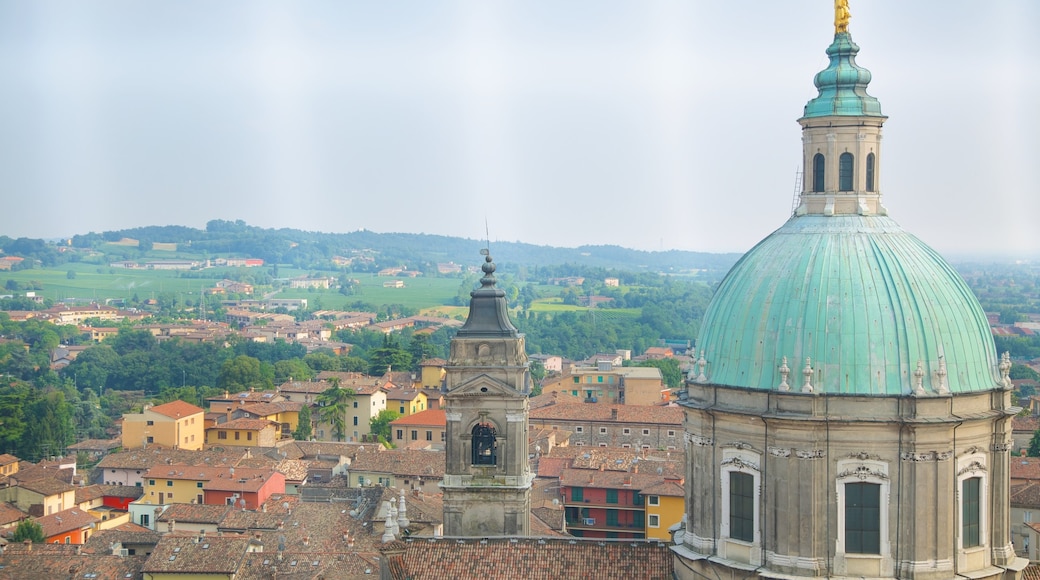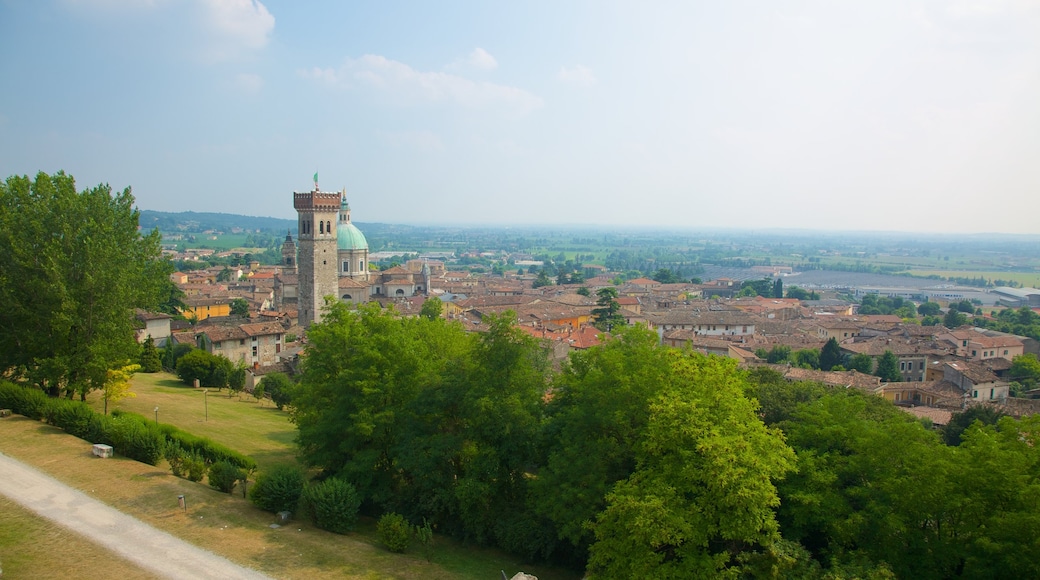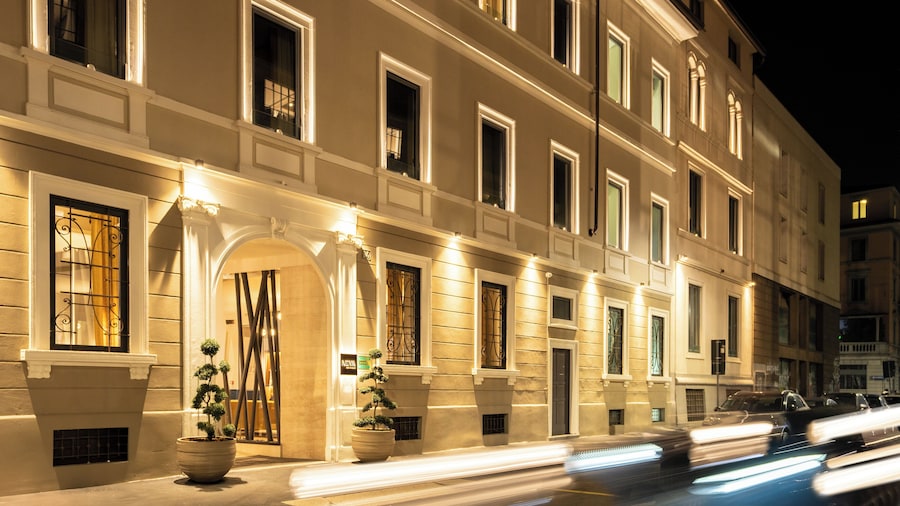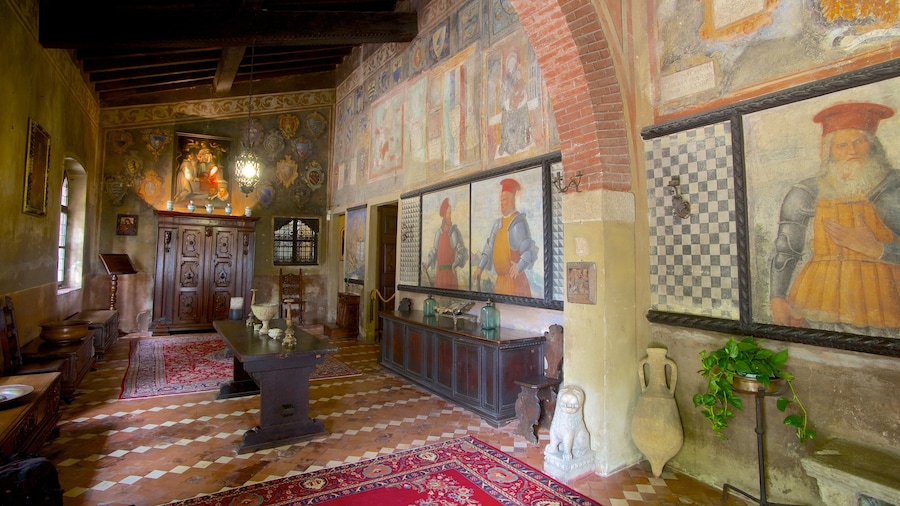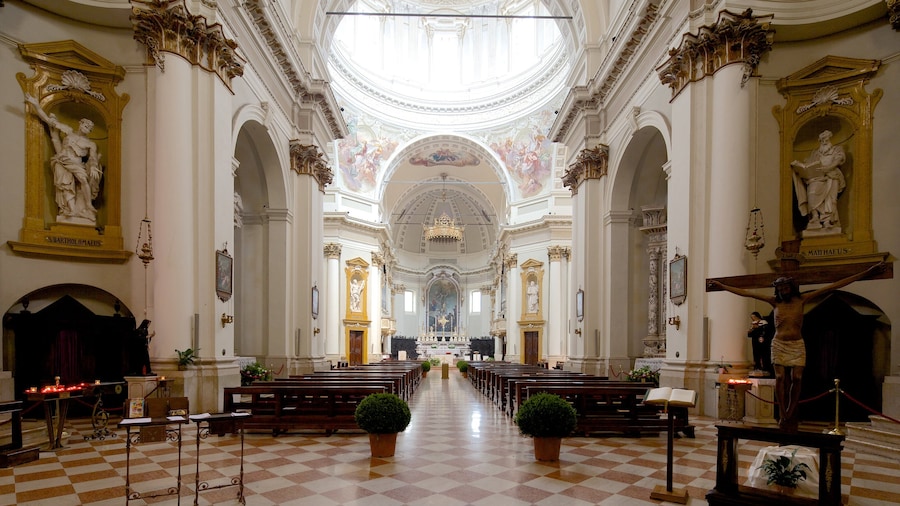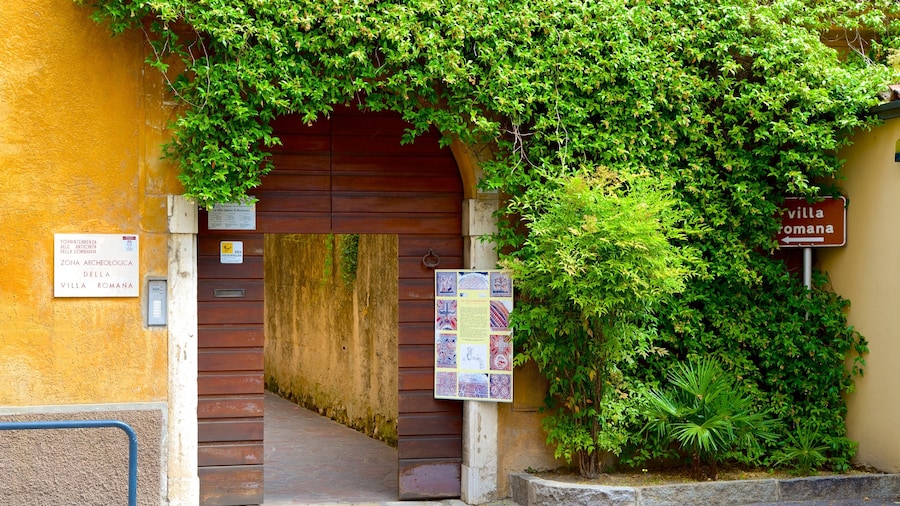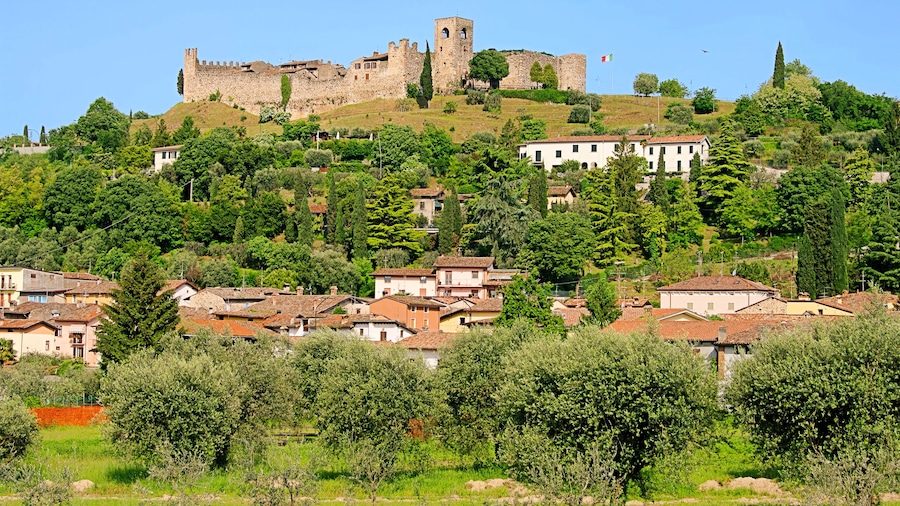Since the late 16th century Torre Civica has towered over the red-tiled roofs of Lonato. The historical monument stands at a height of 180 feet (55 meters) and is visible from many parts of the city.
Read the plaque at the base of the tower, which draws attention to the year 1555, when construction work started on the landmark. Originally, the building was part of a large complex of fortifications, but these have since vanished. It was also used as a prison for male convicts when the Venetians ruled.
There are three bells inside the tower, which once warned citizens of imminent dangers, such as fire and the approach of thieves. The current instruments date back to 1949 when they replaced the 100-year-old bells that were seized during World War II. Their bronze was used to help with the war effort.
Look up at the large clock, which was added in 1773 to replace the original timepiece. Other interesting features of the exterior include the chiseled coat of arms featuring the lion of St. Mark, a symbol of Venice.
Although you won’t be able to see it from your vantage point on the street, the tower is topped by a small dome surrounded by a parapet.
Enter the tower and go to the top for panoramic views of the city. On clear days you can also see all of Lake Garda, Po Valley and Brescia. While you are inside, take the opportunity to look at the clock’s mechanism.
The tower is open every day from morning until late afternoon, and there is a fee for admission. Note that you will need a reasonable level of fitness to climb the stairs to the top.
Torre Civica is one of the many outstanding attractions in Lonato’s historic center. It is just one block away from the Cathedral of San Giovanni Battista, and is also near the Rocca of Lonato and the House of the Podestà.
